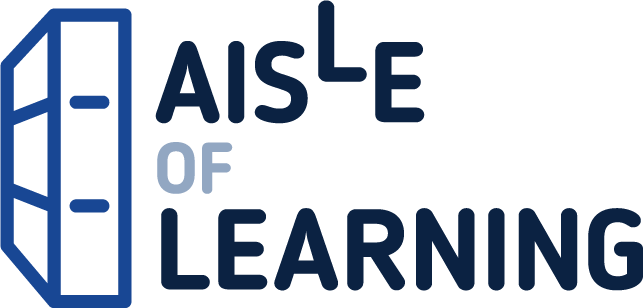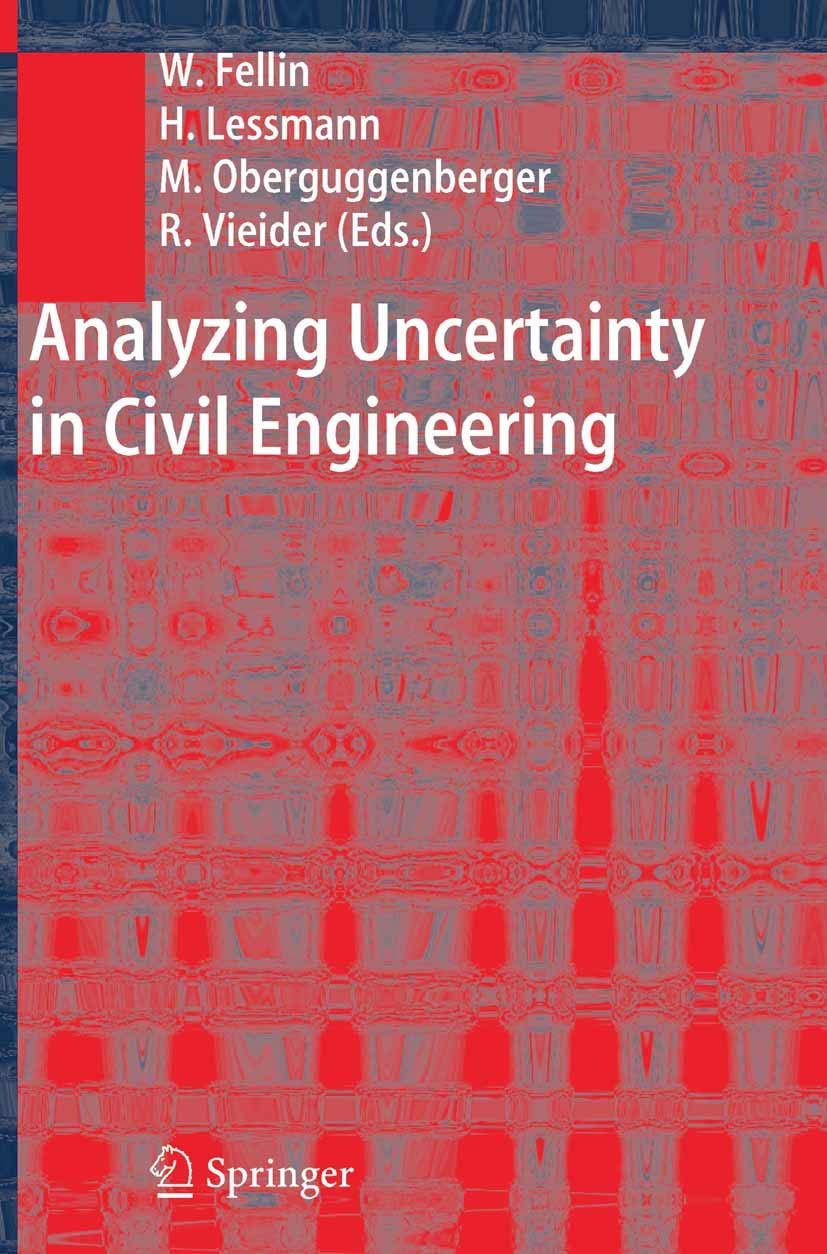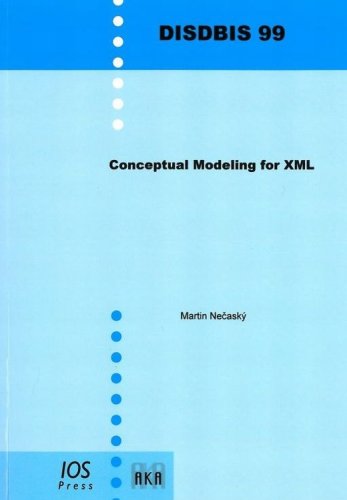This volumeaddressestheissueofuncertaintyincivilengineeringfromdesign toconstruction. Failures do occur in practice. Attributing them to a residual risk or a faulty execution of the projectdoesnotproperlycover the range of causes. A closer scrutiny of the design, the engineering model, the data, the soil-structure-interactionand the model assumptions is required. Usually, the uncertaintiesininitialandboundaryconditionsaswellasmaterialparameters are abundant. Current engineering practice often leaves these issues aside, despite the factthatnewscienti?c tools have been developed in the past decades that allow a rational description of uncertainties of all kinds, from model uncertainty to data uncertainty. It is the aim of this volume to have a critical look atcurrent engineering riskconcepts in order to raise awareness of uncertainty in numericalcom- tations, shortcomings of a strictly probabilistic safety concept, geotechnical models of failure mechanisms and their implications forconstruction mana- ment, execution, and the juristic questionas to who has to takeresponsibility. In addition, a number ofthe new procedures for modelling uncertaintyare- plained. Our central claim is that doubts and uncertainties must be openly – dressed in the design process. This contrasts certain tendencies in the en- neering community that, though incorporating uncertainties by one or the other way in the modelling process, claim to being able tocontrol them.
Analyzing Uncertainty in Civil Engineering
$139.63
This book provides instruction on analyzing uncertainty in civil engineering, supporting STEM education.
Additional information
| Weight | 1.18 lbs |
|---|---|
| Dimensions | 16 × 2 × 23.9 in |






Reviews
There are no reviews yet.